"The Moon was an inspiration. It was not only the destination, it was the springboard to the future." – Gene Cernan.
PHOENIX LANDER
What happens when the unyielding human spirit of discovery converges with cutting-edge technological innovation? The result is Phoenix—a revolutionary robotic lander that stands at the forefront of lunar exploration. Designed, engineered, and deployed by Orion Technologies, Phoenix represents the zenith of modern lunar lander technology. Developed under NASA’s Commercial Lunar Payload Services (CLPS) program, Phoenix is not merely a participant in the lunar race but a versatile and formidable competitor. With advanced manufacturing capabilities, including carbon-composite structures and methane fuel handling expertise, Phoenix embodies the future of space exploration—an elegant fusion of human ambition and technological sophistication.
As part of Orion Technologies’ broader vision, the Phoenix Landers will be launched on a regular cadence aboard our fully reusable Eagle 5 launch vehicle. This vehicle, already proven in low Earth orbit (LEO) missions, will play a pivotal role in enabling sustained lunar exploration. Thanks to our expanding LEO internet constellation—comprising over 1000 satellites—we will extend this advanced communication infrastructure to the Moon, providing lightning-fast, reliable communication for Phoenix Landers. This technology leap not only revolutionizes lunar exploration but serves as the bedrock for our ambitious ambitions beyond the Moon, including Mars and other deep space missions.
DESIGN OVERVIEW
"Anywhere on the Moon, anytime." - Orion Technologies
Phoenix is the apex of lunar lander design—engineered to complete every conceivable task on the Moon. Whether it's deploying scientific payloads, conducting geological surveys, or enabling sustainable human presence, Phoenix is equipped for it all. Built to deliver over 280 pounds of cargo to the lunar surface, Phoenix is currently contracted under four CLPS missions and designed to meet NASA’s most exacting specifications.
At the heart of the Phoenix Lander is a modular, octagonal prism design. Standing 16 feet tall (excluding the antenna) and measuring 15 feet in diameter at the base, Phoenix is a compact yet robust vehicle. The central 9-foot-diameter propellant tank houses cryogenic propellants—liquid methane (LCH4) and liquid oxygen (LOX)—which power our state-of-the-art Quasar QLE-100 pressure-fed rocket engine. This engine, designed specifically for low-thrust lander applications, has surpassed 4000 hours of testing, ensuring exceptional reliability and efficiency for lunar landing operations.
The high-strength carbon-composite materials used throughout Phoenix’s structure—including the propellant tanks, landing legs, and side panels—make it an extremely lightweight yet resilient craft, capable of enduring the harsh conditions of the lunar surface. The lander features four fixed, high-strength landing legs with integrated snap sensors that allow for precise touchdown detection.
For attitude control in the vacuum of space, Phoenix incorporates our groundbreaking RCS (Reaction Control System) technology. Each of the eight RCS thruster pods is equipped with four thrusters, giving Phoenix three-axis attitude control with pinpoint accuracy, vital for stable flight and landing. With the precise orientation of the thruster pods—four mounted at the top and four at the base—Phoenix can adjust its orientation and stabilize its descent trajectory with unrivaled precision.
The exterior design of Phoenix includes eight rectangular panels that surround the propellant tank, with specialized configurations for different functionalities: four panels incorporate the landing legs, primary Lidar system, and side-mounted solar arrays; two panels house the COPV tanks that store pressurizing helium, and the remaining panels are reserved for payload deployment. The lander’s top deck features additional solar panels to ensure continuous power—even during extended missions in the Moon’s polar regions.
At the heart of Phoenix’s communication and computing systems lies the Island—a central structure housing the lander’s flight computers, batteries, Neuron User Terminals (our advanced high-gain antennas), and additional payload capacity. The Neuron Deep Space satellite constellation, stationed in Polar Low Lunar Orbit (PLLO), ensures constant communication with Earth, allowing us to maintain real-time control and deliver high-definition video streams during all phases of the mission, including landing.
Phoenix’s sensor and imaging suite is second to none, featuring a comprehensive array of cameras and instruments that will capture stunning visual data of the Moon’s surface and relay it back to Earth. These advanced sensors will not only enhance scientific research but also provide live streaming of high-definition lunar footage, offering unprecedented access to the exploration process.
THE PHOENIX PROGRAM
Orion Technologies is honored to be a key partner in NASA’s CLPS initiative, with a mission to deliver four Phoenix Landers to the lunar surface over the next several months. A fifth Phoenix Lander, funded internally, will further extend our exploration reach. These missions will deploy over 40 payloads and scientific instruments across the Moon, driving innovative research and fostering international collaboration.
Each Phoenix Lander will be launched from Orion Spaceport Pad 14, or Pad 15 in the future, aboard our Eagle 5 reusable launch vehicle. Once launched, Phoenix will autonomously perform course corrections, lunar orbit insertion, powered descent, and landing burns, all while transmitting high-quality data and imagery back to Earth in real-time.
The Phoenix missions will be supported by an integrated network of 16 Neuron Deep Space satellites, ensuring uninterrupted communication throughout the mission. Additionally, two Neuron Imaging Platforms, equipped with large telescopic instruments, will be stationed in PLLO(Polar Low Lunar Orbit) to support Phoenix and other lunar missions, enabling detailed surface analysis and mapping.
The Phoenix mission architecture is augmented by our advanced Fox and Wolf Moon Rovers, and the MicroPhoenix Hoppers, which will explore the lunar surface and assist in payload deployment and research. These assets, combined with Phoenix's unparalleled technology, will revolutionize lunar exploration.
The Phoenix Landers will be named after Greek gods, goddesses, and heroes, with a public competition held prior to each mission to choose the name of the lander and its creator, adding an element of public engagement and excitement to this groundbreaking program.
The Phoenix Program marks the dawn of a new era in space exploration, setting the stage for the Moon, Mars, and beyond. Orion Technologies is not just sending landers to the Moon—we’re reshaping the future of humanity in space.
Phoenix—rising from the ashes of past endeavors to create something stronger, more capable, and more innovative. Welcome to the future of space exploration.
INSTRUCTIONS FOR USE
List of AGs:
AG 6: Lander Lights
AG 7: LiDAR
AG 8: Quasar Engine Operation
AG 9: Fuel Tank Vent
AG 10: RCS Operation
Steps:
Place Lander in desired orbit, no lower than 10km. Pick landing location, wait until 40-60 degrees away, AG 7 and AG 8, and slow down until your impact location is just in front of the desired landing location. Then wait until in general area of landing location to relight the Quasar Engine. Power down until speed is negligible. Descend until about 700m. Relight Quasar for final landing burn. Throttle down as needed. If LiDAR reflection is not symmetrical, land in a different location nearby. Just before touchdown, set attitude to Up, not Retrograde. Safely touchdown, and deactivate AG 7, AG 8, and AG 10. Enjoy camera views. Deploy payloads in present. Upon lunar nightfall, AG 6 and kiss Phoenix goodnight. Lander works on Luna and RSS Moon.
ACKNOWLEDGEMENTS
Thanks to @TheQiQi’s JNO Toolset for pretty much every cool decal and logo on the lander.
Thanks to Intuitive Machines for design inspiration and their IM-2 mission for motivation!
Stay tuned for updates on the Phoenix Program and the upcoming OT-1 mission, which is set for launch NET April 2. Enjoy!
10 Comments
- Log in to leave a comment
-
960 PSIcorporationone month ago
Awesome ! How did you make these incredible NASA logo on the sides ?
-
-
1,613 OrionTechnologiesone month ago
@JJJJJJMM, it was heavily inspired from the Nova-C, but I did some redesign too.
-
-
1,613 OrionTechnologiesone month ago
@HermesAerospace, yes, hopefully. I think my advanced LiDAR and navigation system should prevent that. Thanks!
-
1,364 HermesAerospaceone month ago
Hopefully it won't tip over like the irl counterpart! Cool Craft BTW!!
-
1,613 OrionTechnologiesone month ago
No just kidding, the old one is really bad, this one is way more technically accurate and better for the job
-
-

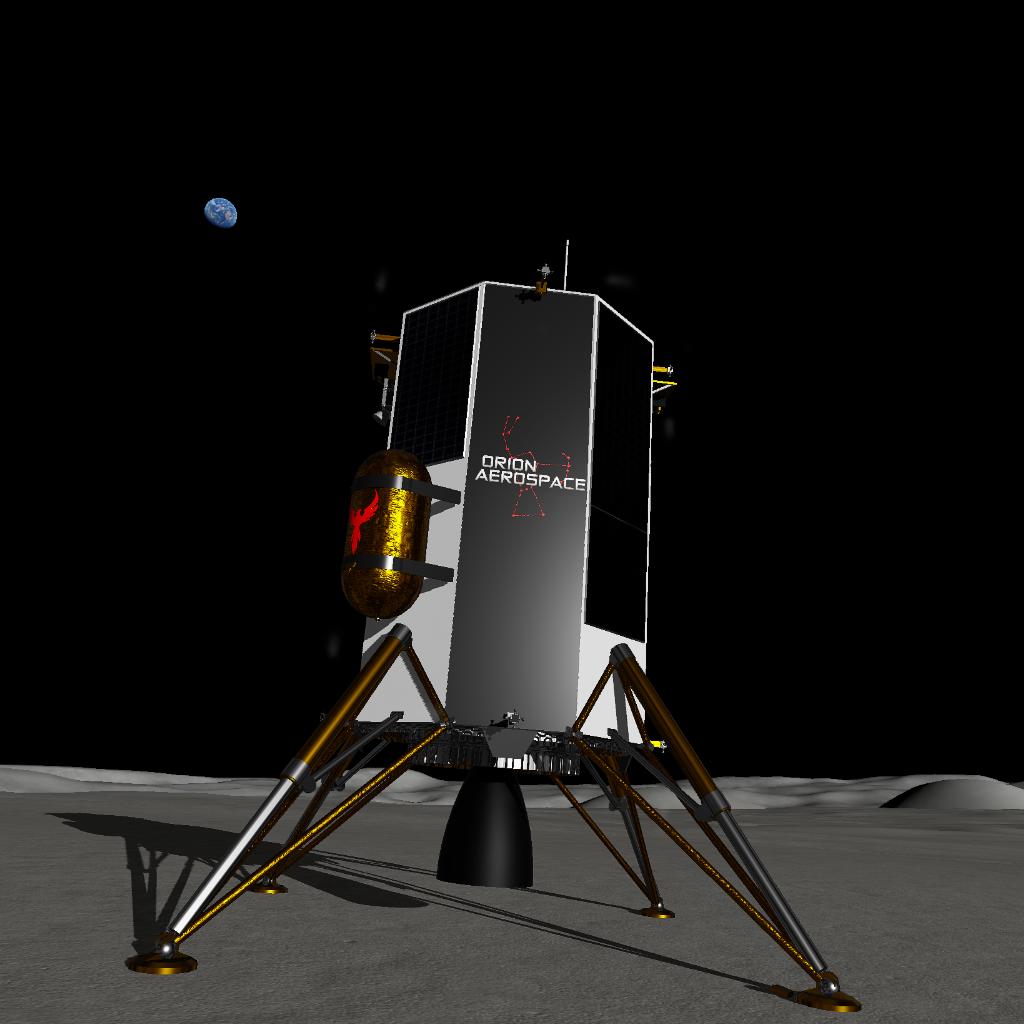
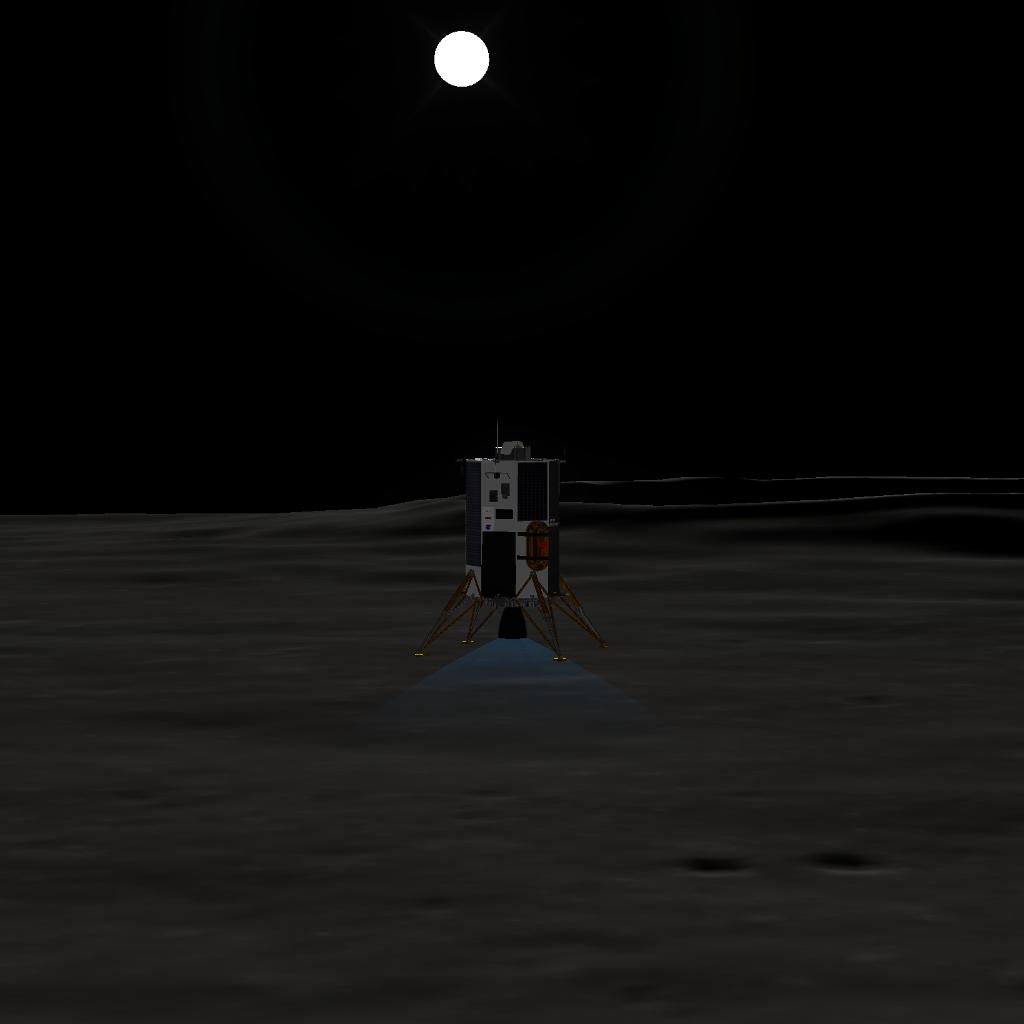
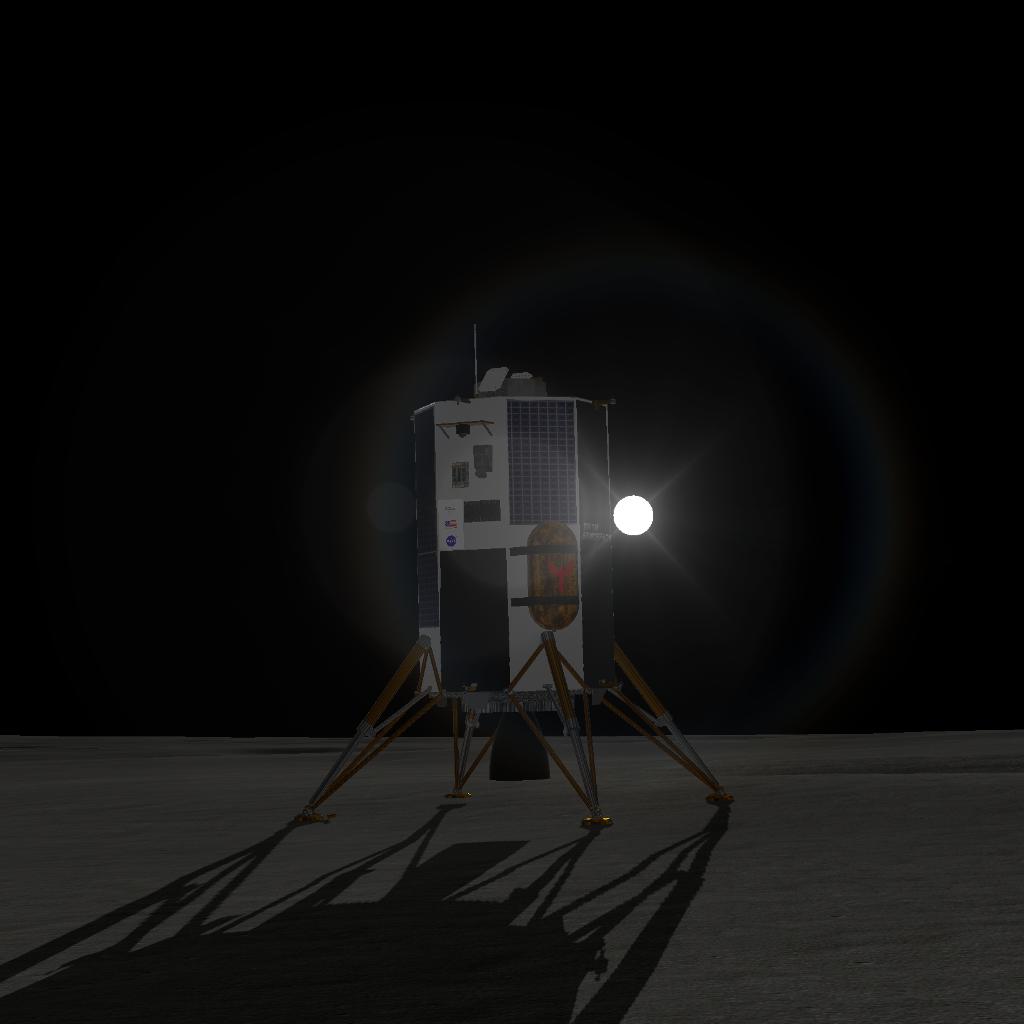
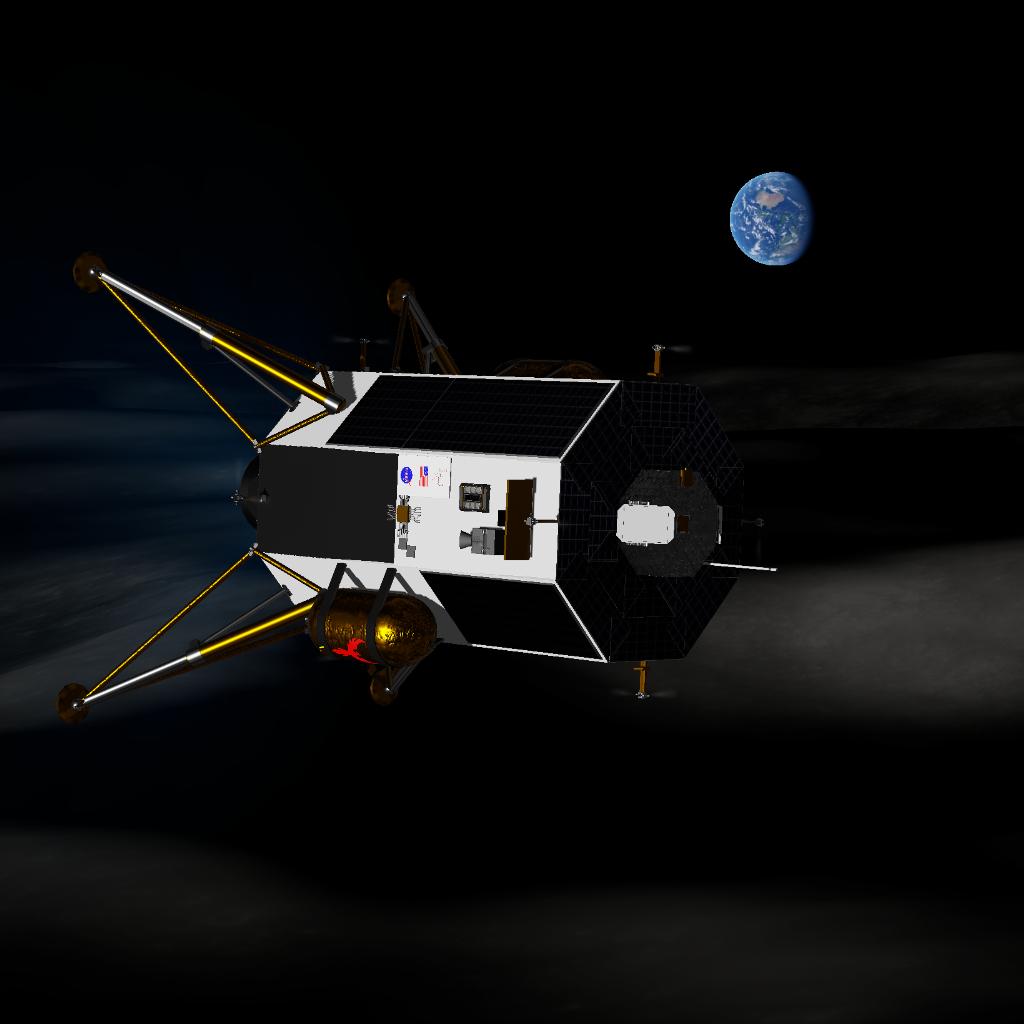

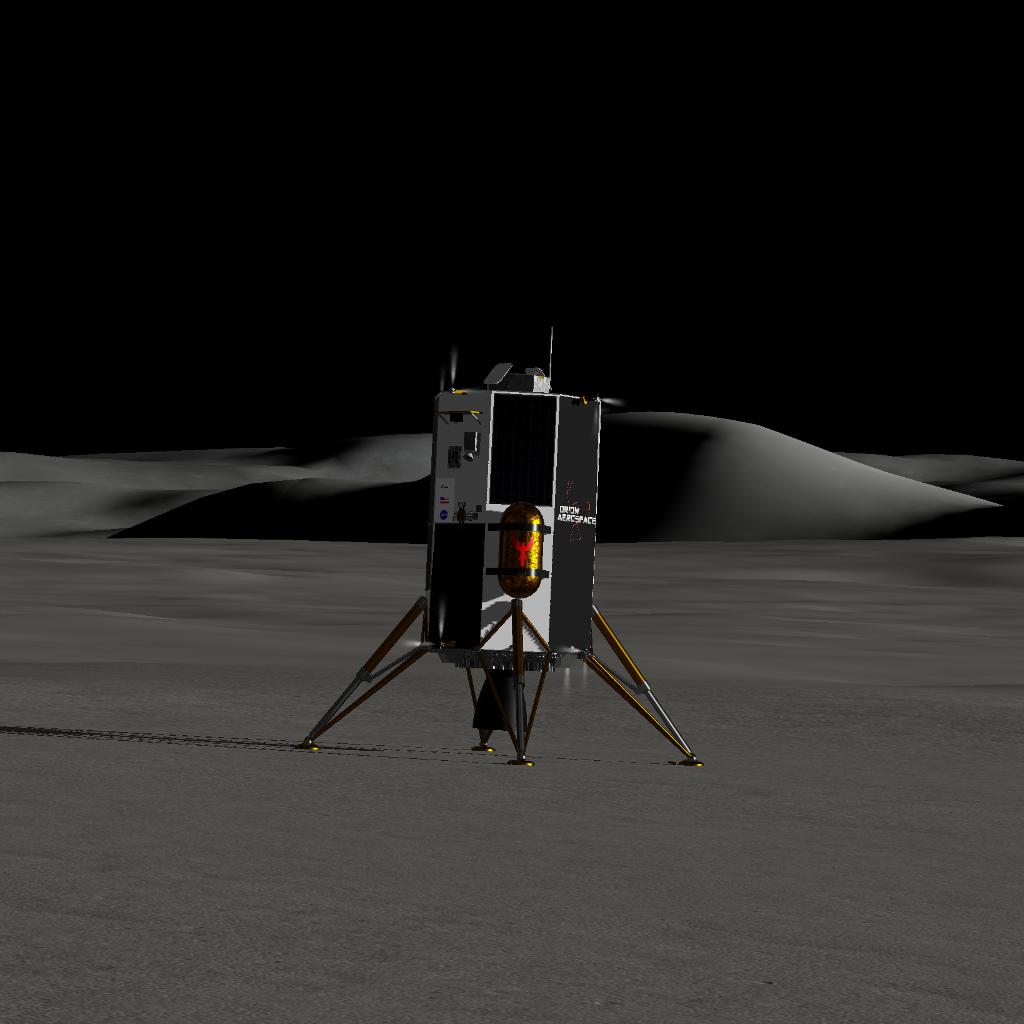
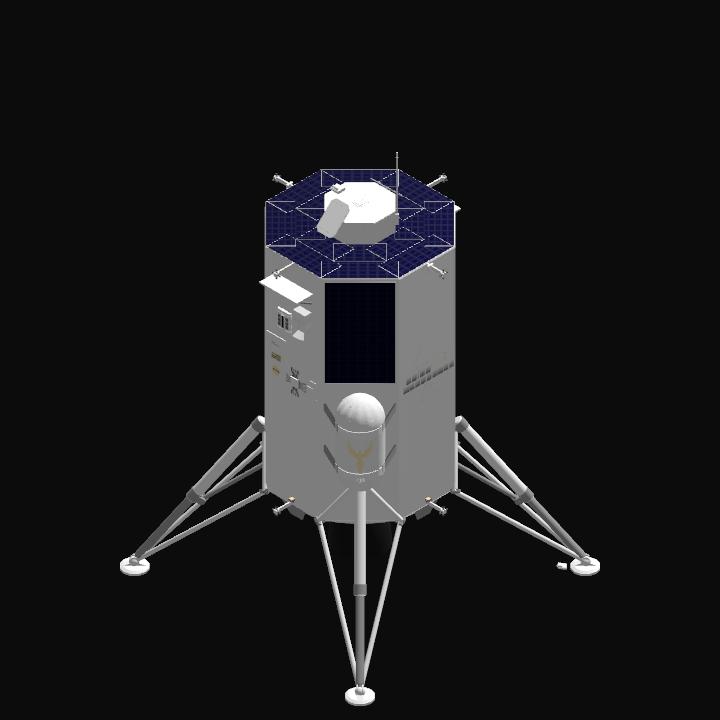
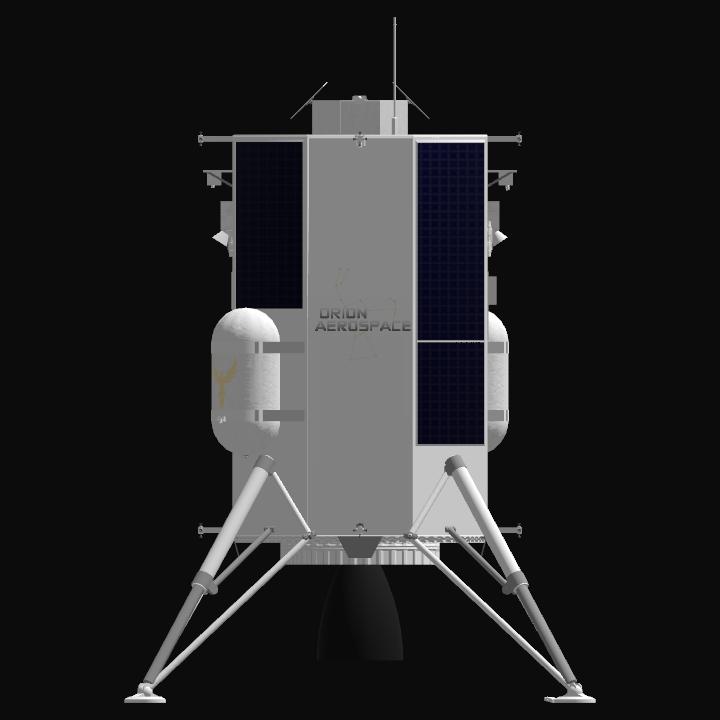
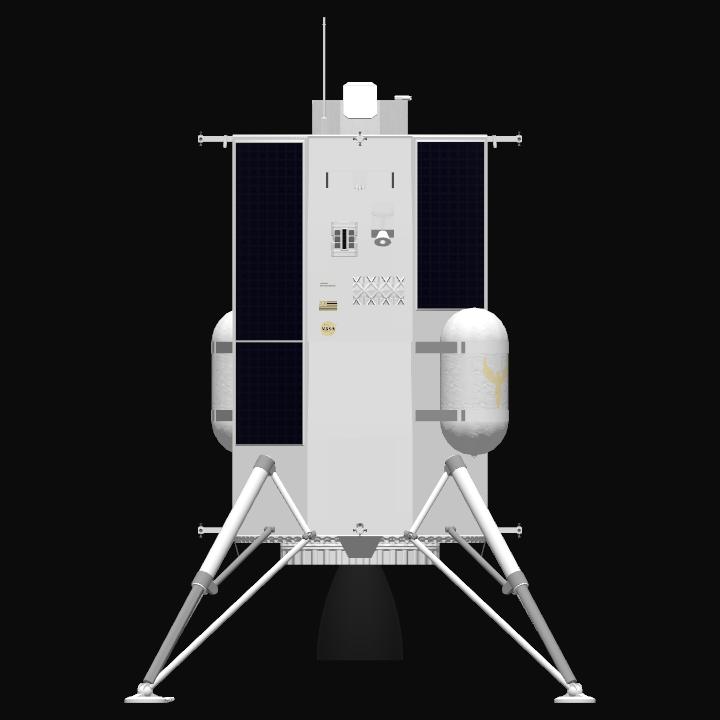
@OrionRBX, @TheQiQi’s JNO Toolset, and thank you